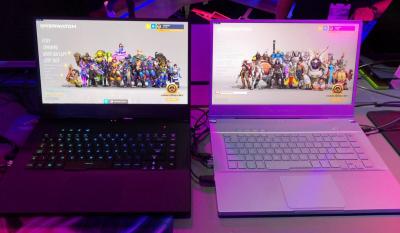HiSense to bring its OLED TVs to Europe
In November 2018 HiSense launched its first OLED TV range, the Series X in Australia. The company is now set to start shipping this TV in Europe by July 1st. The 55" model (H55O8BBUK in the UK) will cost £1,599 and is now available for pre-order at Amazon.co.uk.

The Series X were first priced at around $2,500 USD for the 55" model and $4,999 AUD for the 65" model - but according to reports HiSense lowered the price dramatically in Australia following lower-than-expected demand. This lower demand could be what pushed HiSense to launch the TV in Europe as well.






